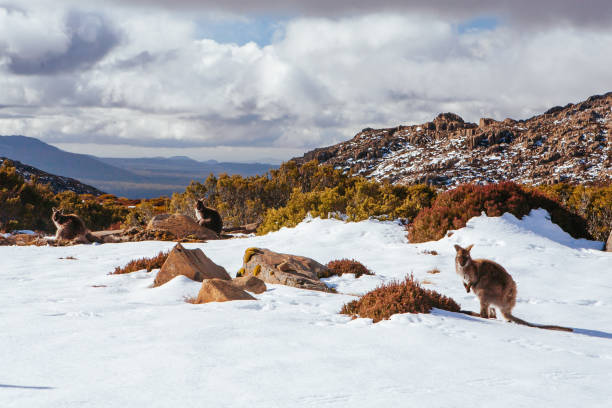Recognizing the Importance of Snow in Australia for Agriculture and Tourism
While Australia is typically connected with sun-kissed beaches and dry outback, it likewise flaunts a wide range of snowy alpine areas. As we explore this surprising intersection, the possible impact of shifting environment patterns on Australia's snowfall and its succeeding impacts come to be a compelling focus.

The Unforeseen Snowfall: Australia's Alpine Regions
When winter cloaks the world, Australia's Alpine areas put on a white mantle of snow, a spectacle that seems virtually paradoxical in this dominantly sun-baked land. Unlike the stereotyped photo of Australia as a land of coastlines and deserts, these regions offer a surprising and attractive contrast. The Australian Alps, stretching throughout New South Wales, Victoria, and the Australian Resources Territory, obtain more snowfall than Switzerland. This unanticipated wintertime paradise provides a distinct ecological community, giving an environment for numerous native types and a snowy playground for winter sports enthusiasts. The yearly snowfall, although not as bountiful as in some nations, is a vital facet of Australia's environment variety and plays a significant duty in the nation's farming techniques and tourist industry.
Winter's Bounty: Snow's Contribution to Australia's Water Resources
In spite of its rarity in the more comprehensive landscape of Australia, snow in the Towering areas plays a vital function in the nation's water resources. Working as a natural tank, the snowpack shops water throughout the cool months, progressively releasing it into rivers and dams as it melts in warmer seasons. This procedure ensures a steady supply of water, helping in the stabilization of the nation's water cycle. This is particularly essential for Australia, a continent often tormented by dry spells. In addition, the snowmelt feeds right into the Murray-Darling Basin, a lifeline for lots of neighborhoods in the southeastern components of the nation. Without the bounty of wintertime snow, Australia's water resources would certainly be substantially stressed, influencing both the population and the atmosphere.
White Blanket, Eco-friendly Fields: The Effect of Snow on Australian Agriculture
Although much less noticeable, the impact of snow on Australian agriculture is substantial. Snowfall in the high nation serves as a natural kind of watering, progressively melting and offering a stable water supply to lower-lying farmland. This water-rich environment fosters the growth of robust plants, adding to the nation's farming productivity. Snowfall enhances soil wellness by introducing dampness and trapping nutrients, which are slowly launched as the snow melts. This process improves the soil, promoting the growth of healthier, much more resilient crops. In addition, snow cover serves as a protective blanket, shielding the ground against serious winter season temperature levels that can otherwise damage plants. Thus, the role of snow in Australian farming is both important and diverse.

Cold Cash Money: Snow Tourism and Its Economic Importance in Australia
While the worth of snow to Australian agriculture is frequently taken too lightly, its payment to the country's tourist industry is without a doubt considerable. The snow-laden tops of Australia's towering regions draw in a flurry of travelers official site every winter, adding millions to the national economic situation. Hence, the financial significance of snow tourist in Australia expands much past the slopes.
Future Projection: Climate Change and Its Potential Impacts on Australia's Snowfall
As the world grapples with the truth of climate change, so too has to Australia contemplate its possible impacts on the nation's snowfall. Such changes intimidate the feasibility of Australia's ski market, which adds considerably to the regional economic situation. The potential effects of these adjustments underline the necessity of environment change mitigation initiatives, both in Australia and internationally.
Conclusion
Finally, snow is an essential aspect of Australia's agricultural and tourism index fields. It not only nurtures the country's farming landscape however additionally fuels its wintertime tourist sector. The looming hazard of climate adjustment raises problems regarding the future of Australia's snowfall patterns, possibly disrupting these considerable economic sectors. Therefore, understanding and attending to these challenges is crucial for the sustainability of Australia's economic situation and environment.

When winter months capes the globe, Australia's Alpine regions put on a white mantle of snow, a spectacle that appears nearly paradoxical in this dominantly sun-baked land.Despite its rarity in the wider landscape of Australia, try this web-site snow in the Alpine areas plays a critical duty in the country's water sources. Without the bounty of wintertime snow, Australia's water sources would be significantly stressed, influencing both the population and the atmosphere.
Thus, the financial value of snow tourist in Australia extends far past the inclines.
In verdict, snow is an essential aspect of Australia's farming and tourist sectors. Snow In Australia.